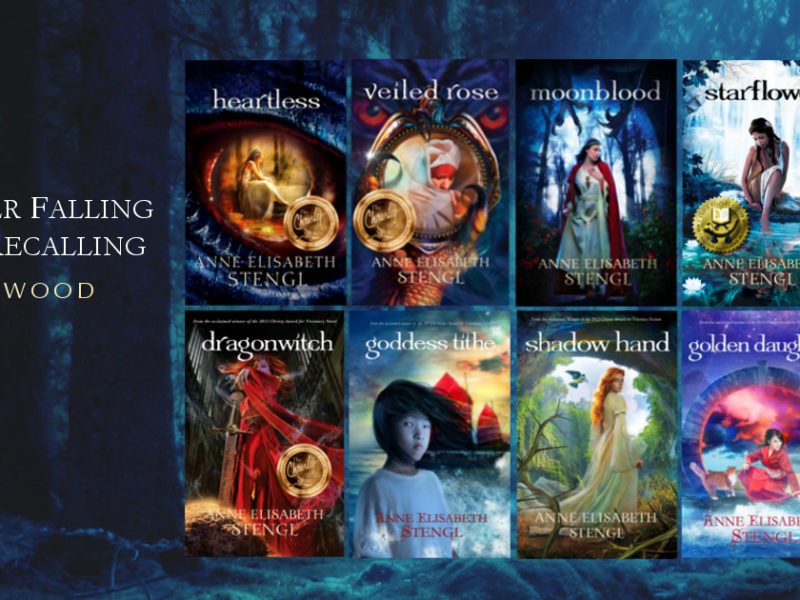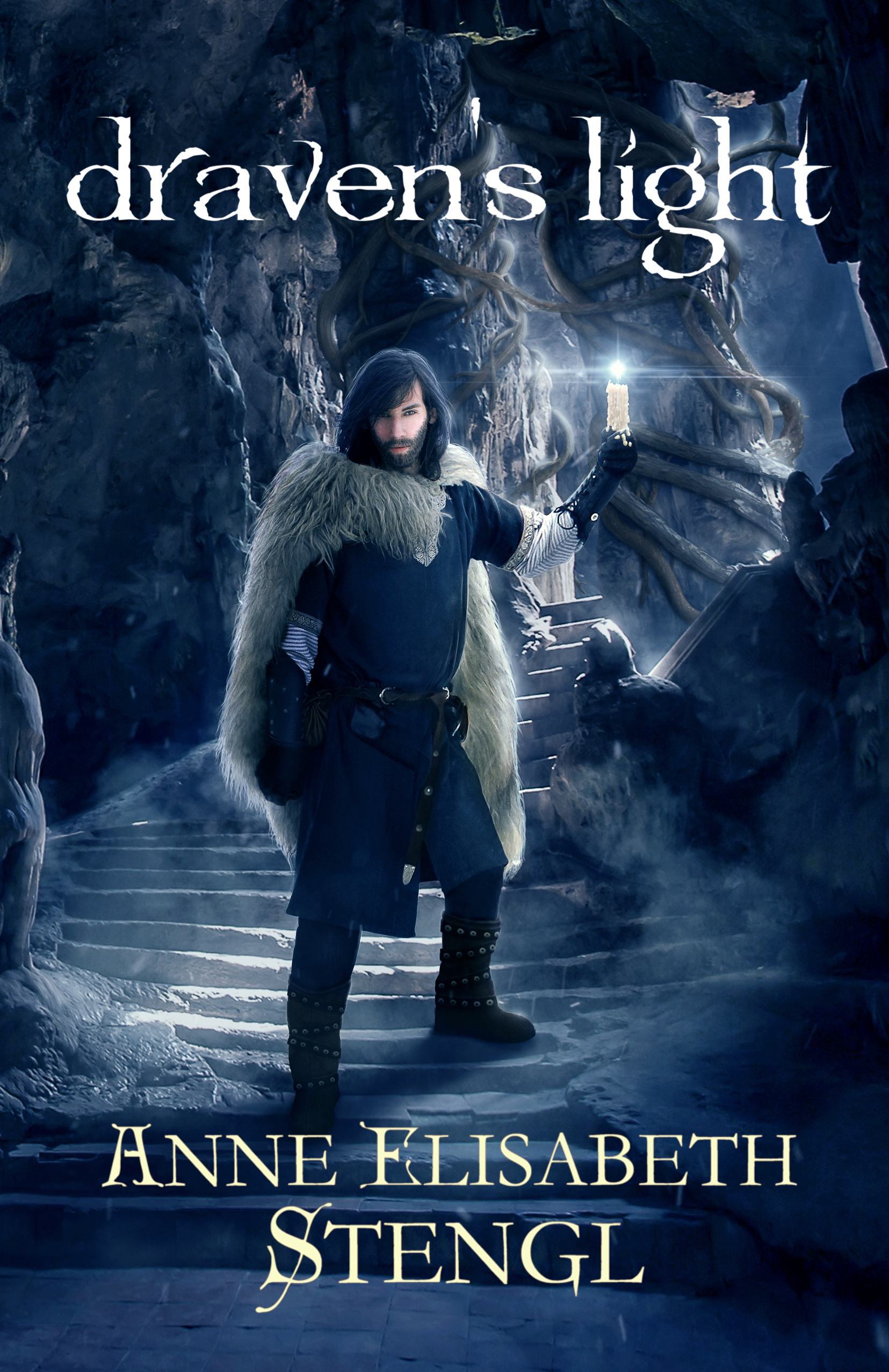Today we have award-winning fantasy author Anne Elisabeth Stengl with us! Anne makes her home in North Carolina, where she lives with her husband, Rohan, a kindle of kitties, and one long-suffering dog. When she’s not writing, she enjoys Shakespeare, opera, and tea, and practices piano, painting, and pastry baking. Her novel Starflower was awarded the 2013 Clive Staples Award, and her novels Heartless, Veiled Rose, and Dragonwitch have each been honored with a Christy Award. Wow! Please join me in welcoming Anne!
1) Everyone seems to have a “how I got published” story. What is yours?
Looking back on my “how I got published” story, I can only think its timing must have been God’s will. Because, really, it shouldn’t have happened so quickly and shouldn’t have been that easy!
Not that it was a complete walk in the park. The summer after I left college, I experienced a near-crippling bout of depression due to circumstances in my life. I started to write a novel as a means to work out some of the pain. There’s no therapy quite like writing-therapy, let me tell you!
The result was the first draft of Heartless, my debut novel, which was rather appalling in its rough-draft form but definitely showed some spark. I redrafted a few times then sent it off to Books & Such Literary Agency and the desk of Rachel Kent.
About a month later Rachel signed me up. I learned afterwards that I was the very first author she picked up, since she was almost as new at the business as I was. And she turned right around and sold the manuscript to Bethany House publishers just a few months later.
Now, my mother was pursuing her publishing career while I was still a kid at home. I grew up watching how difficult it was for her and her writer friends to sign with agents and with publishing houses. Some of her friends (who are now enormously popular bestsellers) worked for years to sell their first books! So I knew it shouldn’t have been that “easy” for me to find a publishing home for Heartless. Even now I scratch my head over it . . . I mean, the draft I sold to Bethany House wasn’t significantly better than my rough draft and still required multiple revisions to bring it up to the level of polish I wanted. (And if I could go over it just one more time, believe me, I would!)
Sometimes I want to visit in-the-past me and tell that girl to put on the brakes, to slow down a little. I want to warn her that she has no idea what kind of business she’s jumping into, to tell her how truly unprepared she is, how she should develop her craft a bit more before jumping into the ocean . . . I had been developing the series since I was fourteen, and it was still a hodgepodge of good ideas and really bad teenage ideas. When I signed that contract at age twenty-three, I hadn’t the maturity to know which were which!
But God had a plan in mind. So Heartless sold, and the Tales of Goldstone Wood launched. With the help of my eager editors and my wonderful support team at home, I had to start learning FAST how to sift the good work from the bad. I had to refine and grow my craft, and continue refining and growing at a rate I otherwise would never have attempted.
All this to say that my getting-published story was easy. Being published and learning how to handle this crazy career? Now that’s a different story altogether! I can only believe God wanted me to write those stories back then and wants me writing these stories now, because technically it shouldn’t have happened the way it did, and that inexperienced kid that was me should not have sold a manuscript!
2) When did you realize you wanted to become a writer?
I was nine years old when I wrote my first “novel.” In my head, it was a given that I would be a novelist even as I penned that little tale . . . which was about a cat (not a surprise to anyone who knows crazy-cat-lady me or the Tales of Goldstone Wood series). My mother had already been writing for a few years by that time, and as I watched her create her stories and characters, I knew I wanted to do the same thing! Just without all the kissy-romance stuff, because that’s boring, and cats are much more interesting.
3) Tell us a little about your books.
The Tales of Goldstone Wood is really a series about a world and a history. My plan, even back in my high-school days (when most of the specific ideas were bad but the broad-scale inspiration was exciting) was to develop a history and tell novel- and novella-length stories set throughout that history, showing how themes cycle through time, building on one another, often repeating but with new expressions. I loved the idea of kings, queens, and heroes of centuries ago having direct influence on kings, queens, and heroes of centuries later. Because, in reality, our small stories of Here and Now are a small slice of the whole story, which includes Here and Now and Then and When—not to mention All That Is Still to Come.
But I wanted the stories themselves to feel self-contained. The idea was for readers to be able to pick up any one of the Tales and enjoy a fun adventure . . . but then, when they pick up another, to discover connections they never would have guessed existed. And the more books they read, the more connections they see, and the bigger the picture grows.
It’s not a linear progression of storytelling. The series starts in the center with Heartless, which is a fun and exciting adventure. But Heartless itself gets bigger and more important and more epic with each additional story you read. Because as its context unfolds, you realize it’s far more than a simple story about a princess, a prince, and a dragon. Yes, it is that simple story. But it’s simultaneously far more complex.
But this makes it sound more difficult than it actually is! Ultimately, the Tales of Goldstone Wood are adventure novels for fantasy lovers of all ages, with a wide cast of characters and settings scattered throughout a long history! There are dragons and goblins and Faeries and monsters. There are kings, queens, battles, romances, perils, deaths, births, Suns, Moons, layers of worlds, dreams, disasters, and everything I find most fun to read and, therefore, to write!
4) What are some of the strongest influences on your writing?
I often tell people that if I could ever see my writing abilities develop into a perfect combination of George MacDonald and Sir Terry Pratchett, I would be a happy writer. George MacDonald wrote the most beautiful fairy tales in the world in a style that is sometimes deceptively simple and sometimes out-of-this-world complex and beautiful. Sir Terry Pratchett developed a very real, very believable world peopled with very real, very believable heroes. And he makes you laugh . . . and then he makes you cry. Sometimes within mere sentences!
Both write in the omniscient narrative. One wrote in that narrative for the Victorians (who really loved to read a dense novel). One brought that narrative into the 21st century and proved that it is as relevant today as it ever was (despite our modern readers, most of whom do not love to read a dense novel).
5) How do you write? What’s a normal writing day like for you?
I am definitely a morning writer by preference! If I can start writing before 8:30, I’m happy. So my day looks like . . .
Up at 7:00 with my handsome husband, stagger out of our room and trip over my beloved swarm of cats (we have six) and my one long-suffering dog (who is big enough to be a swarm on her own). If there is to be any peace in the household, the beasts must be fed immediately, even before my first cup of tea.
So the beasts are fed, Handsome is kissed and sent on out the door with love, and I wend my way to my office to catch up on the morning’s emails and messages and whatnot. This doesn’t usually take long, and I’m able to start working on the manuscript before 8:30 without a problem.
But sometimes I have to give myself a creative push-start. To do this, I’ll open up my manuscript file in the computer, glance over the previous scene (without allowing myself to start editing and tweaking and getting distracted from the task at hand). Then I grab a notebook and pen and “jam write” by hand the opening for the next scene. Writing by hand helps me to break the perfectionist mindset, which really does no writer in any good. You know that the stuff you scribble in the notebook isn’t going to be great literature. But it’ll be story, and that’s a place to start!
Once the jam writing has gotten me to a point of “Ah! There it is!” inspiration, I type up what I’ve just scribbled and keep going from there. By this time I’ve usually had a cycle of three or more cats through my lap, and the Winner of the Lap has settled in for a long snooze. And one must not disturb the cat whilst it snoozes, which means I’ve got a good two hours or more of solid writing to do before I can get up.
Thus, in a cycle of kitty naps, I’ll write pretty steadily until 1:00 or 2:00 in the afternoon. Basically until I remember I haven’t eaten yet and am forced to go foraging. If inspiration is keen (or the deadline is pressing), I’ll go back to writing until Handsome gets home from work. But usually the afternoon is for running the dog, cleaning the house, calling my mum, and working on editing, marketing, blogging, emailing, designing, or whatever other projects have piled up on my to-do list.
When I’m seriously tackling a rough draft, I’ll end my day by taking up the notebook and pen again right before bed (usually not in bed, since I’ve stained too many sheets with ink over the years . . .) and scribble out thoughts and ideas for the next day’s scene. Some sort of creative boost to give me an idea for direction. Then my subconscious can mull over this idea through the night, and I’ll start the day ready to write again.
6) What was your favorite book as a teen?
I loved (and still do love) Robin McKinley’s Beauty: A Retelling of Beauty and the Beast. I also adored Howl’s Moving Castle by Diana Wynne Jones, and Megan Whalen Turner’s Queen’s Thief series. All great books which I still love today!
7) What are your hopes for your future as an author?
I hope to continue developing the Tales of Goldstone Wood. Currently I have tentative ideas for a total of sixteen novels and several more novellas, not to mention two spin-off series. I hope to see each book I write be better than the last one, and always to challenge myself, pushing to be a little bigger, a little smoother, a little smarter, a little more innovative.
I also have another series in development, unrelated to Goldstone Wood, which I hope to tackle soon, possibly in the next year or so. Just to show the reading world that I’m not limited to a single world (no matter how broad that world may be!). I’ve not revealed much about this series yet except that it’s about dragons, and its dragons are nothing like the dragons in Goldstone Wood. Hoping to start sharing more about that project in 2016, but for now it’s all whispers and furtive glances . . .
8) What were some of the challenges for you writing your most recent book?
My most recent book is Draven’s Light, a novella set in the world of Goldstone Wood. This story was challenging in that it is the oldest story chronologically, set WAY BACK before the rest of the stories take place! So I spent quite a lot of time developing what that part of the world would have looked like in that day and age, which included development of history and storyline that never made it into the book itself.
Draven’s Light is also a much darker story than most of those preceding it, which was difficult to handle. I struggled to find a way to tell the story properly without leaving the reader feeling depressed in the end! But the solutions I came up with—during many hours of brainstorming with my wonderful team—really excited me, and I am delighted with the balance this story ultimately struck between light and darkness.
9) What can you tell us about any future releases you have planned?
I am currently working on book 8 in the Tales of Goldstone Wood series, which is a two-volume project titled Poison Crown. Volume 1, Poison Crown: The Smallman’s Heir, is drafted and in preparation for launch this autumn. I am about to tackle the rough draft of Volume 2 this summer. Cover reveals and more information will be forthcoming!
10) Star Wars or Star Trek?
Um . . . Doctor Who.
11) What is your favorite thing you have ever written?
My favorite project is always the one I’ve just finished writing. So right now that would be Volume I of Poison Crown. This being said, I’m also particularly proud of Golden Daughter, my Fall 2014 release. It was my longest, most complex project to date, and I am completely thrilled with how it turned out.
12) Who would you most like to thank for their involvement in your writing career?
I absolutely thank my mother, award-winning novelist and brilliant editor Jill Stengl! I could not be the writer I am today without her efforts. She is a fantastic editor, able to see problems with a manuscript that I wouldn’t even know to look for, and she’s an extremely patient brainstorming partner as well. She reads every draft of every chapter of every novel—drafts I don’t even let my husband see—and provides helpful feedback and encouragement. As soon as I finish a chapter, I always email it to her right away. It’s simply part of my drafting process! I could not imagine trying to pursue this career without her help and support, always.
***
Thank you so much for joining us, Anne! Here is where you can find Anne online:





Love the interview! I confess, I hadn’t thought of cats as an instrument of productivity before… ; D
I always have my mom read my chapters once I finish them too. No one else gets to see it until I am done (with lots of assurance that I will be changing things). I just can’t seem to start the next chapter until my mom and I talk about the last.